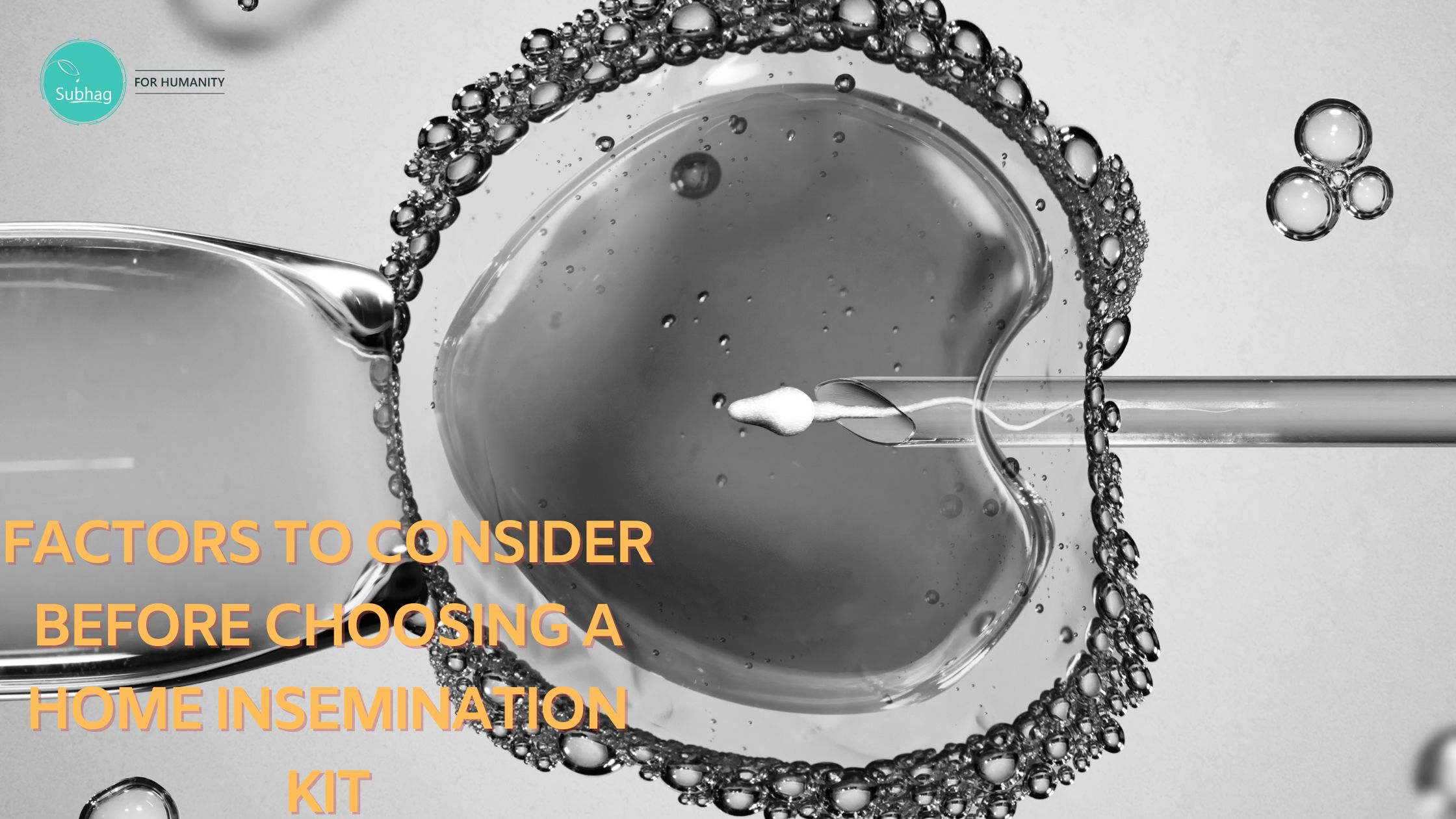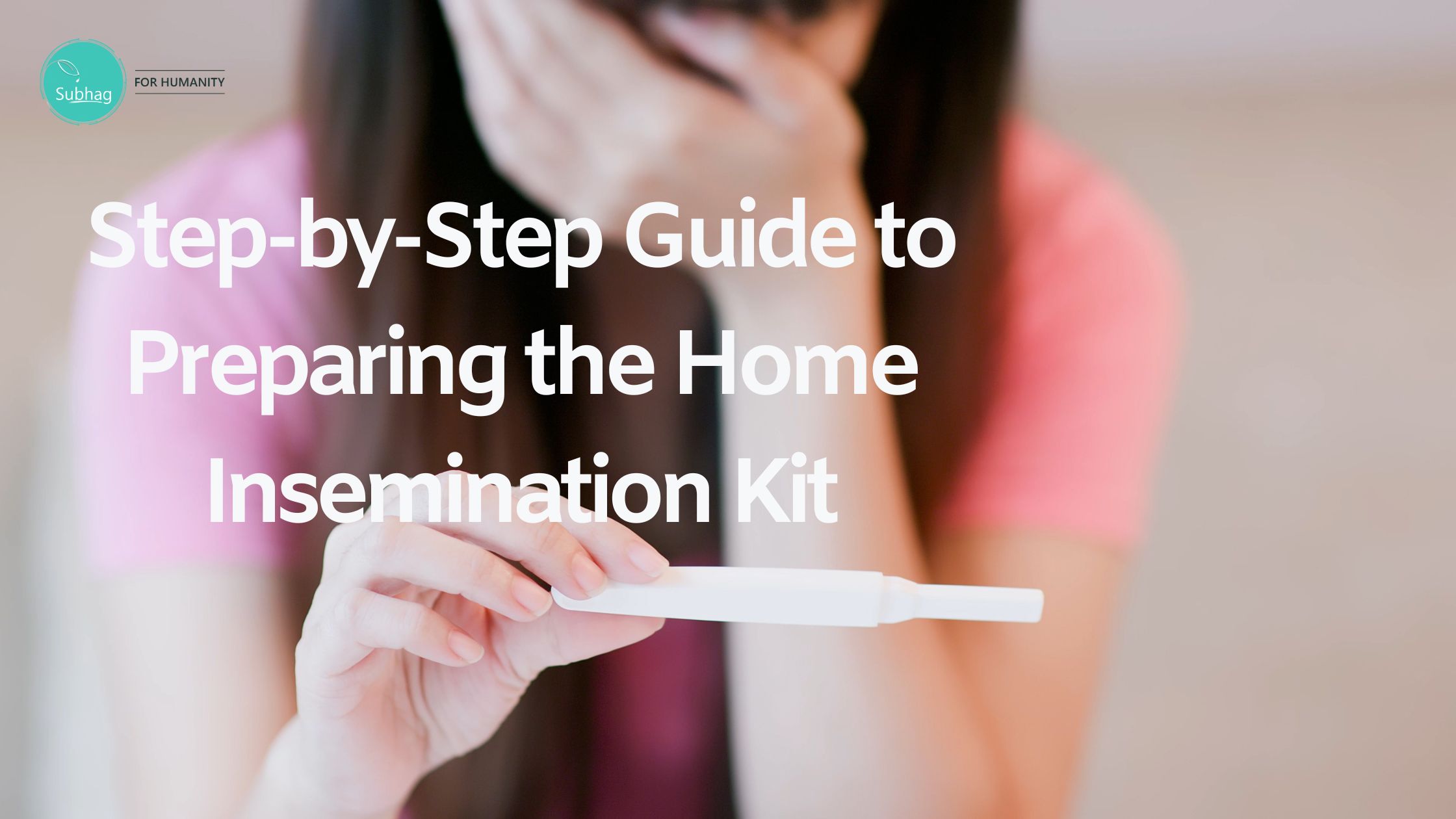Are you and your partner considering using a home insemination kit to start or expand your family? If so, you’ve come to the right place.
In this comprehensive guide, we will walk you through everything you need to know about home insemination kits and how they can help you successfully conceive.
From the benefits of using a home insemination kit to important factors to consider before getting started, we’ve got you covered. We’ll also provide a step-by-step guide to preparing the kit, ensuring proper hygiene, and positioning for optimal results.
Additionally, we’ll share valuable tips for successful home insemination and discuss the role of these kits in fertility treatment. Get ready to embark on your journey towards parenthood with confidence and knowledge.
What is a home insemination kit and what does it include?
A home insemination kit is a package that contains everything you need to perform insemination at home, including a privacy policy.
It typically includes a collection cup, sterile syringe or applicator, ovulation predictor kits, and instructions on how to properly use the kit for successful conception.

Overview of Home Insemination Kit
Introducing the Home Insemination Kit: Your Guide to Successful Conception. Dive into the world of home insemination, a reliable method for couples looking to conceive.
Explore the ins and outs of this innovative technique, including its mechanism, advantages, and step-by-step usage. Unlock the potential of a powerful tool that maximizes your chances of conception, such as artificial insemination. With safety precautions and essential considerations in mind, embark on a safe and efficient fertility journey.
Take control of your path to parenthood with the catheter conceive home insemination kit, designed to enhance your chances of a successful pregnancy with the iui kit.
Benefits of Using a Home Insemination Kit
Using a home insemination kit offers numerous benefits for couples trying to conceive. These kits provide a convenient and private option, increasing the chances of successful conception.
With all the necessary supplies, such as syringes, catheters, and collection cups, included, home insemination kits make the process easier and more accessible.
They are a cost-effective alternative to traditional fertility treatments, saving time and money. Couples can have more control over the timing and process of conception, optimizing the chances of successful insemination.
It is crucial to follow the provided instructions and seek guidance from a healthcare professional, ensuring safe and effective use.
Factors to Consider Before Using a Home Insemination Kit
Factors to Consider Before Choosing a Home Insemination Kit
Before you decide to embark on your journey with a home insemination kit for a normal pregnancy, it is vital to consider a few key factors.
It is essential to evaluate any underlying fertility issues, take into account your medical history, and be aware of potential risks or complications. Seeking guidance from a healthcare professional or fertility specialist is crucial to determine if a home insemination kit aligns with your needs.

Following the instructions provided with the kit diligently is necessary to enhance your chances of successful conception. A home insemination kit generally comprises key supplies such as sperm collection cups, syringes or applicators for insemination, and comprehensive usage instructions. Prioritize your safety and make informed decisions for a smooth home insemination experience.
Understanding the Insemination Process
Home insemination kit by Subhag is an effective method for couples trying to conceive. It involves the insertion of sperm into the vagina using a disposable injector to increase the chances of conception.
This process starts by collecting semen in a designated cup, which is then transferred to a syringe or applicator. Timing the insemination with ovulation is crucial to maximize the chances of success.
By following the correct positioning and insertion technique, couples can significantly improve their chances of conception with ivi.
Step-by-Step Guide to Preparing the Home Insemination Kit
Before beginning the process of preparing a home insemination kit, it is essential to consult with a healthcare provider to gain a better understanding of any potential risks or complications that may arise.

The kit typically consists of essential items such as sperm collection cups, syringes, and ovulation prediction kits. The first step involves collecting the sperm, which can be achieved through either masturbation or with the assistance of a partner using a condom or a specialized collection cup for semen collection.
After collection, it is crucial to allow the sperm to liquefy before transferring it to a syringe for the insemination process. Additionally, it is important for the person receiving the insemination to track their menstrual cycle to determine the most opportune time for the procedure to maximize the chances of successful conception.
Importance of Clean and Comfortable Workspace
A clean and comfortable workspace is of utmost importance when it comes to home insemination. Maintaining cleanliness reduces the risk of infection and creates a hygienic environment for the insemination process.
Prior to initiating the process, it is vital to thoroughly clean all surfaces and equipment involved. Make use of sterile gloves and adhere to proper hygiene practices to ensure a safe and sanitized workspace.
Furthermore, having a quiet and private area dedicated to the insemination procedure can significantly enhance comfort and relaxation. By prioritizing a clean and comfortable workspace, you can maximize your chances of achieving successful conception.
Proper Handwashing for Hygiene
To maintain optimal hygiene throughout the home insemination process, it is vital to practice appropriate handwashing methods. Before and after handling any materials or equipment, it is crucial to thoroughly wash your hands with soap and warm water for at least 20 seconds.
This simple yet effective step helps reduce the risk of introducing bacteria or contaminants into the insemination process, thereby increasing the chances of successful conception.
In situations where soap and water are not immediately accessible, you can utilize hand sanitizers to disinfect your hands. However, it is important to note that washing hands with soap and water remains the preferred choice for hand hygiene during home insemination.
Importance of Reading and Following Instructions
When using a home insemination kit, it is crucial to understand the importance of reading and following the instructions provided. Following the instructions will greatly increase your chances of successful conception without any complications.
These instructions act as a guide, helping you prepare the kit correctly by sterilizing the equipment and ensuring a clean environment. They may also contain specific timing or positioning instructions that are essential to follow for optimal results.
If you have any concerns or questions about the process, it is recommended to consult a healthcare professional or fertility specialist for personalized advice.
By emphasizing the significance of reading and following the instructions, you can enhance your chances of successfully using a home insemination kit for conception. Please note that this paragraph has been modified to include the keyword “disclaimer” exactly once.
Collection Cup Preparation and Semen Sample Collection
Proper preparation of the collection cup is crucial in the successful use of a home insemination kit. Ensuring the cup is clean and sterile is essential for maintaining the viability of the donor sperm sample.
Before handling the cup, it is important to wash your hands thoroughly to avoid contamination. To collect the semen sample from the cup, it is recommended to use a sterile syringe or pipette.
Collecting the sample immediately after ejaculation is ideal for optimal freshness and viability. By following these steps, you can increase your chances of achieving successful conception.
Sterilizing and Preparing the Syringe or Applicator
Ensuring the proper sterilization and preparation of the syringe or applicator is crucial for a successful home insemination. It is important to follow the provided kit instructions, which may involve boiling the syringe or using a disinfectant solution for sterilization.
After sterilizing, ensure the syringe or applicator is completely dry to prevent contamination. It is recommended to assemble all necessary kit components beforehand, including sperm collection cups, lubricant, and a disposable container.
By adhering to these steps, you can enhance your chances of successful conception without compromising safety and cleanliness.
Storing and Timing of the Semen Sample
Proper storage and timing of the semen sample are crucial aspects to consider when using a home insemination kit. After collecting the sample in a sterile container, it should be stored at room temperature or slightly below as specified in the instructions provided with the kit.
Ensuring good timing is also essential for successful insemination. The optimal time for insemination is usually around the time of ovulation. To determine the best timing, it is recommended to track your menstrual cycle and consider using ovulation predictor kits, such as an ovulation kit.
By following these guidelines, you can increase your chances of successful conception with a home insemination kit. Additionally, monitoring the levels of luteinizing hormone can provide valuable information about ovulation timing.
Correct Positioning and Insertion Technique
Achieving successful home insemination requires proper positioning and insertion technique. For a comfortable and effective process, it is recommended to use the “syringe method” of sperm insertion.
Before use, ensure the syringe stopper is clean and sterilized, promoting hygiene. To achieve the correct positioning, the woman should lie on her back with elevated hips, using pillows or the support of a wall.
Gently insert the syringe into the vagina, aiming towards the cervix, and release the sperm slowly, enhancing the chances of conception.
After insertion, it is advised to lie down for 15-30 minutes, allowing the sperm to travel towards the uterus for optimal results. Pregnancy tests can be taken after the appropriate waiting period to confirm the success of the insemination process.
Aftercare and Cleanup Process
After completing the insemination process, it is crucial to take proper care of yourself to maximize your chances of conception. Give yourself at least 15-30 minutes of rest while lying down to allow the sperm to travel towards the cervix and increase the likelihood of successful fertilization.
It is important to remember that engaging in strenuous activities immediately after insemination may hinder the sperm’s ability to reach the egg. Taking the time to rest and relax can significantly improve your chances of successful home insemination.
After the recommended resting period, it is essential to clean up any spills or mess that may have occurred during the insemination process.
Using mild soap and warm water, thoroughly clean the surfaces and tools used during the procedure to maintain proper hygiene. This helps minimize the risk of infection and ensures a clean and sterile environment for the next insemination attempt.
Tips for Successful Home Insemination
Tips for Successful Home Insemination:
– Familiarize yourself with the process and risks associated with insemination, whether it’s done at home or in a clinical setting, to make informed decisions regarding your fertility journey.

– Select a high-quality home insemination kit that suits your specific needs and preferences for improved chances of conception.
– Carefully follow the instructions provided in the insemination kit to ensure precise timing and proper technique during the process.
– Consider tracking your ovulation cycle and using fertility supplements to maximize the likelihood of successful home insemination.
– If needed, seek guidance and personalized advice from a healthcare professional or fertility specialist to enhance your understanding and ensure optimal results.
Consulting with a Healthcare Professional for Personalized Advice
When considering a home insemination kit, it is crucial to consult with a healthcare professional for personalized advice. Seeking guidance from a healthcare professional ensures that home insemination is a safe and appropriate option, taking into account underlying medical conditions and fertility concerns.
Their expert recommendations on timing and techniques, as well as any necessary fertility medications or supplements, can significantly enhance your chances of successful conception.
Additionally, addressing any questions or concerns you may have about the process ensures that you are well-informed and prepared for this important step in your fertility journey.
Understanding the Role of Home Insemination Kits in Fertility Treatment
The role of home insemination kits in fertility treatment is vital for those on the journey to conceive. These kits offer a convenient and cost-effective solution for individuals or couples struggling with infertility.
By enabling the process of insemination to occur in the comfort of one’s home, they eliminate the need for medical intervention or clinic visits.
Home insemination kits provide individuals with the ability to control the timing and process of insemination, thereby increasing the chances of successful conception.
Moreover, these kits can be a beneficial alternative for those who may not have access to traditional fertility treatments due to various reasons, such as limited resources or geographical constraints.
Comparing Home Insemination to Other Fertility Procedures
Home insemination, also known as at-home insemination, offers couples the convenience and privacy of performing the insemination process in their own home environment.
In contrast to more invasive fertility procedures like intrauterine insemination (IUI) or in vitro fertilization (IVF), home insemination kits provide a less invasive and more cost-effective option for couples trying to conceive.
These kits typically include a specialized syringe or applicator designed for collecting and depositing sperm, along with comprehensive instructions to ensure proper usage.
It is crucial to adhere to these instructions meticulously and maintain strict hygiene practices during the insemination process for optimal chances of conception. However, it’s important to consult with a healthcare professional before considering home insemination, as individual fertility concerns and medical conditions may impact the suitability of this method.
Conclusion
In conclusion, using a home insemination kit can offer numerous benefits and increase your chances of successful conception.
However, it is essential to consider various factors before proceeding with this method. Understanding the insemination process and following the step-by-step guide provided ensures that you are properly prepared and maintain a clean and hygienic environment.
Additionally, seeking personalized advice from a healthcare professional can further enhance your chances of success.
Home insemination kits play a significant role in fertility treatment, offering a more accessible and cost-effective option compared to other procedures.
To learn more about the benefits, process, and tips for successful home insemination, consult our comprehensive guide now.




